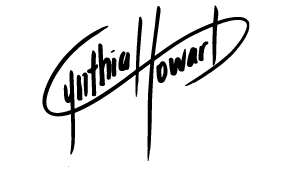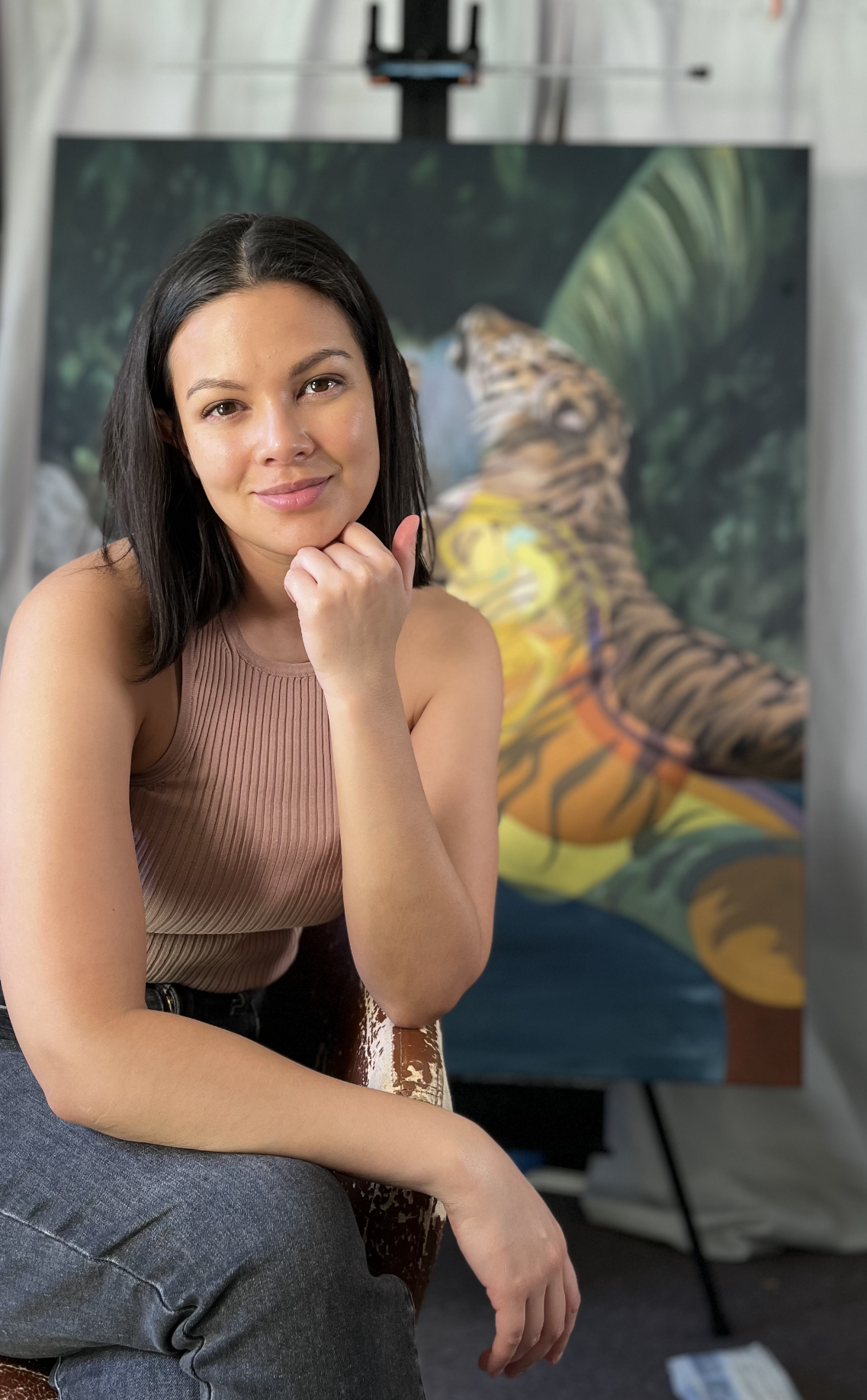How to mix your own Burnt Umber Equivalent to avoid ‘sinking in’
BURNT UMBER PROS
Burnt umber is a wonderful pigment. It dries fast, is affordable and incredibly useful for darkening colour mixes. Mixed with Ultramarine Blue it creates a black that can be easily adjusted to a cooler or warmer tone by adding more of one or the other pigment.
Because it is affordable and fast drying Burnt Umber can be a great choice for underpaintings ie The Bistre method where the entire composition is mapped out in an earth toned underpainting and shaded so it essentially looks like an old sepia photograph.
A mixture of Burnt Umber and Lead White was used to map out the composition for this underpainting of ‘Expecting’. 2021. Oil on Canvas.
BURNT UMBER CONS
Burnt Umber can ‘sink in’ to the canvas making areas in the painting where it is present look flat and dull while neighbouring colours look rich.
Sinking in can be remedied with the final protective layer of varnish which will bring consistency to the whole painting. However there are still the following considerations:
As areas with Burnt Umber look duller and not as rich and dark as they will be once varnished it is difficult to colour match properly. To colour match these sunken areas they need to be ‘oiled out’ ie wiped with a drying oil like linseed oil. Adding oil to sunken areas makes the colours look dark and rich and closer to what they will look like once the painting is varnished. The strongest part of the paint is the ground pigment itself, not the binding oil (the oil is also the component that’s susceptible to yellowing over time not the lightfast pigment) so artists who care about the longevity of their work may prefer to avoid adding additional medium such as Linseed or walnut oil as much as possible.
Photographs of the work may be required before varnishing is possible for marketing purposes etc which means the colours will not look how you intend. If varnishing is not done till 6-12 months when the painting is fully cured this may mean a long waiting period before it is possible to get images of the work that accurately show the colours.
Sometimes varnishing doesn’t produce the flawless consistency we hope for which may require us to remove the varnish, oil out sunken in areas and attempt again.
Depending on your style the above may not bother you and it may not be a problem for every project.
FORMULAS FOR MIXING BURNT UMBER
In this image there is a contrast between the area that has just been varnished where the colours look rich, and the rest of the painting that is “sunk in” that looks dull and patchy due to the Burnt Umber content.
‘Here’ 2021. Self portrait. Oil on gessoboard. Varnish: Gamvar.
If you find the colour of Burnt Umber a useful pigment for mixing colours a ‘Burnt Umber’ equivalent can be mixed with the following combinations. (Note that while the purpose is to approximate the colour different pigments have different drying times and will differ to Burnt Umbers fast drying time):
French Ultramarine Blue + Cadmium Orange (Opaque option)
Burnt Sienna + Bone Black (aka Ivory Black) (Semi Transparent option)
Transparent Oxide Red + small amount of Phthalocyanine Green - (Transparent option - good for glazing)
Mars Yellow + Mars Red (or 'Venetian Red) + Bone Black (Semi - Opaque option)
Mars Yellow + Mars Red (or 'Venetian Red) + Mars Black (Opaque option)
Happy painting!
Cynthia Howard is a contemporary artist based in Sydney, Australia working mostly in oil paints.
Cynthia Howard’s work surrounds an interest in self determination and touches on the subjects of life philosophy, psychology, and personal to interpersonal relationships. Her paintings deal predominately with the richness of our internal world and musings about how we radiate energy and intention to our outer world.



